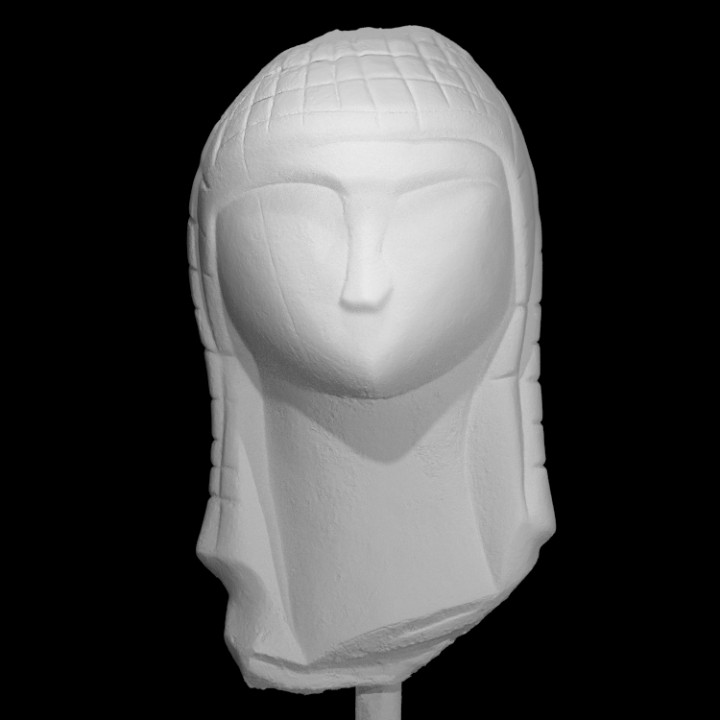
Venus of Brassempouy
myminifactory
The Venus of Brassempouy, known as La Dame de Brassempouy in French or "Lady of Brassempouy," is a small yet significant ivory figurine from the Upper Palaeolithic era. Discovered in 1892 within a cave at Brassempouy, southwest France, this remarkable piece dates back approximately 25,000 years, making it one of the earliest known realistic human face depictions. Measuring only 3.65 cm high, 2.2 cm deep, and 1.9 cm wide, the head is remarkably small yet detailed. Its triangular face features a carved forehead, nose, and brows in relief, but unfortunately lacks a mouth. A distinctive vertical crack on the right side of the face appears to be connected to the ivory's internal structure. The intricate design atop her head can be interpreted as either a wig, a decorated hood, or simply a representation of hair. Archaeologists agree that this Venus figurine belongs to the Gravettian industry, a specific archaeological era within the European Upper Palaeolithic (29,000–22,000 BP). Due to its sensitive nature, the head is carefully displayed in a special room at the Musée d'Archéologie Nationale in Saint-Germain-en-Laye near Paris, France.
With this file you will be able to print Venus of Brassempouy with your 3D printer. Click on the button and save the file on your computer to work, edit or customize your design. You can also find more 3D designs for printers on Venus of Brassempouy.
